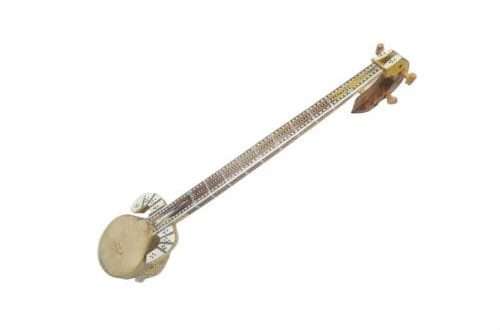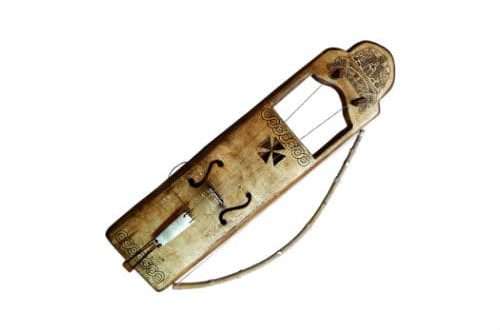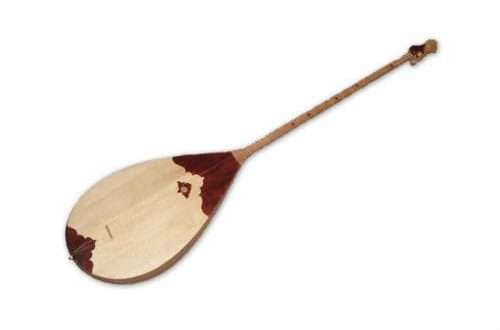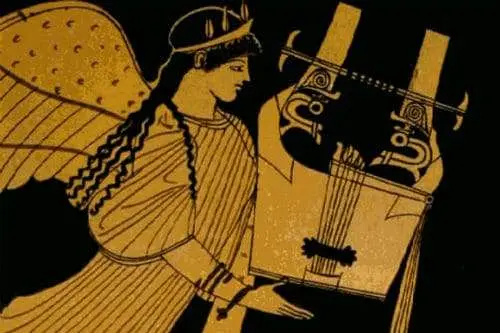
Kifara: what is it, the history of the instrument, use
According to an ancient ancient legend, Hermes decided to make a lyre from a tortoise shell. To make the strings, he stole an ox from Apollo and pulled thin strips of the animal’s hide over the body. Angry, Apollo turned to Zeus with a complaint, but he recognized the invention of Hermes as magnificent. So, according to ancient legend, cithara appeared.
History
In the VI-V centuries BC. the men of ancient Greece played the lyre, accompanying their singing or chants of Homer’s verses. It was a special art called kypharodia.

Scientists have proved that the most ancient musical instrument appeared in Hellas. Later it spread to different countries, where it was modified. In India it was called sitar, in Persia – chitar. Among the French and Italians, she became the progenitor of the guitar. Sometimes the history of its occurrence is attributed to Ancient Egypt, giving rise to endless disputes between art historians.
What did the instrument look like?
Antique citharas were a flat wooden figured case, on which strings made of animal skin were stretched. The upper part looked like two vertical arcs. There were usually seven strings, but the very first citharas had fewer – four. A stringed plucked instrument was hung with a garter to the shoulder. The performer played while standing, extracting sound by touching the strings with a plectrum – a stone device.
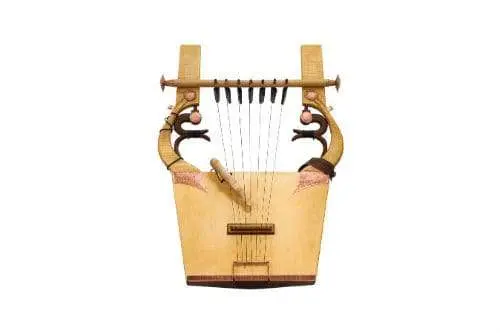
Using
The ability to play an instrument was a must for ancient Greek men. Women would not even be able to lift it because of the heavy weight. The elastic tension of the strings prevented the extraction of sound. Playing music required finger dexterity and remarkable strength.
Not a single event was complete without the sound of a cithara and the singing of citharads. Bards spread across the country, traveling with a lyre over their shoulders. They dedicated their songs and music to brave warriors, natural forces, Greek deities, Olympic champions.
The evolution of the cithara
Unfortunately, it is impossible to hear how the ancient Greek instrument really sounds. Chronicles have preserved descriptions and stories about the beauty of the music performed by the kyfareds.
Unlike the aulos, which Dionysus owned, the cithara was considered an instrument of noble, accurate sounding with great attention to detail, echoes, overflows. Over time, it has undergone metamorphoses, different peoples have made their own changes to its system. Today, the cithara is considered the prototype of many plucked string instruments – guitars, lutes, domras, balalaikas, zithers.



